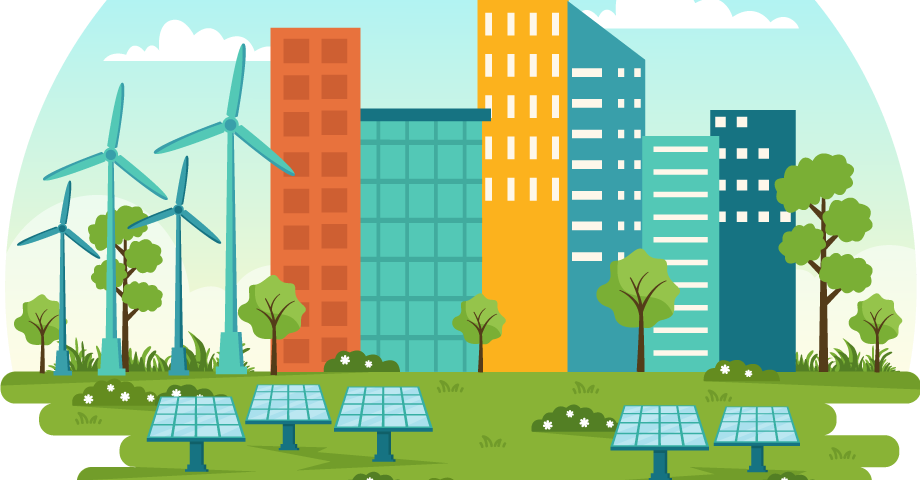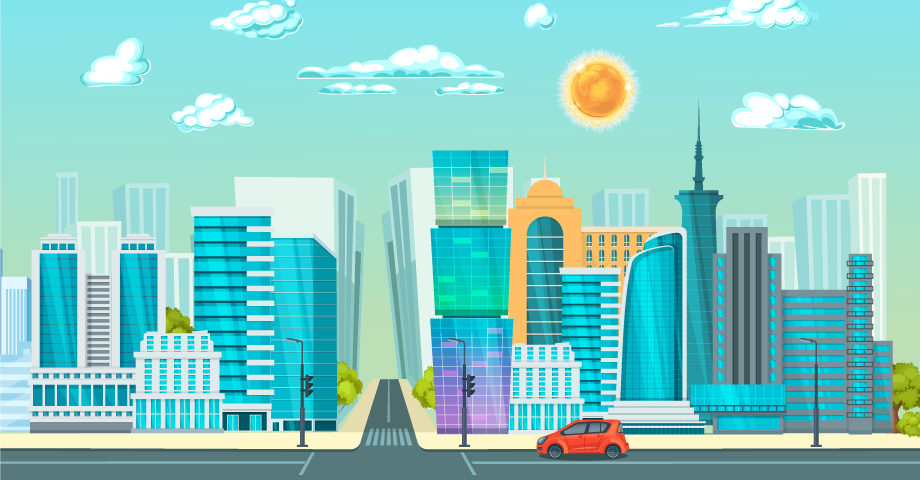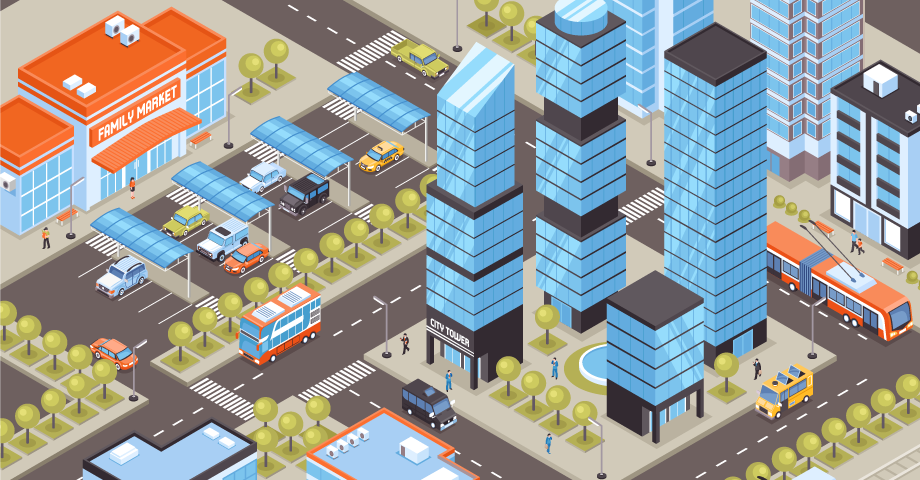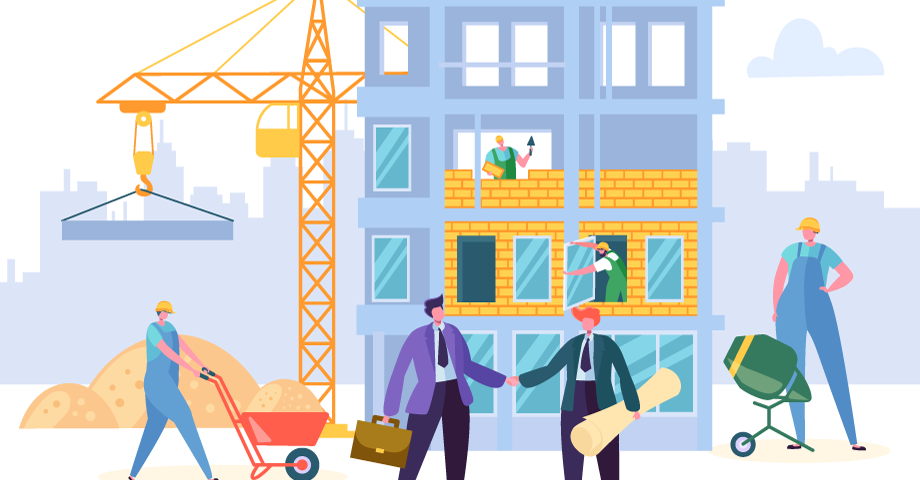-

Greening Your CRE Development: Sustainable Materials and Practices
Sustainable real estate development projects, or buildings designed, constructed, and managed with minimal environmental impact, are an increasingly desirable asset class as climate-change-related disasters continue to shape communities. Green buildings have numerous benefits, saving your team money, improving efficiency, lowering carbon emissions, and creating safe and healthy places for people to live and work. In…
-

Legal Hurdles in Real Estate: Navigating Zoning and Building Codes
Legal hurdles can arise at any stage of the real estate development process, and the permitting and approval process for zoning and building codes are often a source of concern. Zoning and building codes can have an outsize impact on your vision for a project, governing the design, construction, alteration, and maintenance of structures.…
-

Going Vertical: The Pros and Cons of High-Rise Real Estate Development
High-rise real estate development, or the construction of tall, multi-story buildings that rise above the average structure height in the surrounding area, remains a popular asset class for urban developers. Populations in cities and metropolitan areas are projected to grow exponentially in the coming decades, and in order to meet demand for housing and other…
-

The Interplay Between Commercial Real Estate and the Economy: A Closer Look
Over the last year, concerns about market uncertainty have grown among developers, as commercial real estate and the economy are deeply intertwined. Economists and investment professionals remain divided on the current commercial real estate market outlook, and it remains unclear whether or not the economy will go into a full recession.
-

Why Mixed-Use Developments Are the Future of Urban Living
Mixed-use developments, or properties combining multiple uses, such as residential, commercial, and office space, are an increasingly popular living option for city residents. Urban areas will continue to see mixed-use among new development, as the properties both help address housing shortages and meet consumer desire for a community-oriented, walkable lifestyle.
-

Unlocking the Value of Brownfield Development: Turning Contaminated Sites into Assets
Brownfield development, which primarily transforms contaminated sites into housing, retail, or park space, may be the next frontier in real estate. Development teams and communities alike can benefit from brownfield redevelopment, as the projects create much-needed housing in high-demand areas without degrading green space, which increases local tax bases, and creates new jobs.
-

The Change Order Survival Guide for Real Estate Developers
In the lifecycle of a complex real estate development project, changes to the construction plan are inevitable. From moments of architectural inspiration to unexpected conditions on the job site, developers need to be nimble to address a project’s evolving demands. A change order (also called variations or variation orders) allows a general contractor, subcontractor, or…
